The walls or bay windows padel can be a very powerful weapon when you know how to use them wisely. You are a player of padel, so use them!
When to use the wall ?
1 / When used. It is important to know how to take advantage of the service and take risks first, looking for the side wall of the opponent or the center.
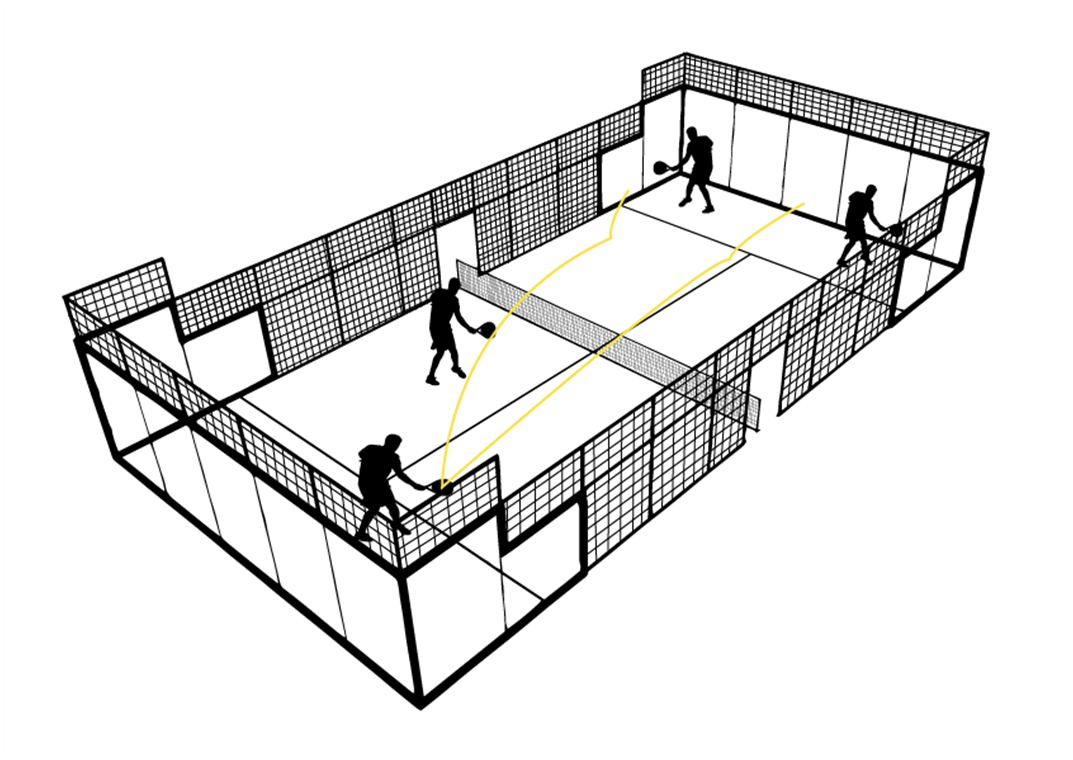
2 / When one is in the background and that the ball arrives fast enough to bounce a first time on the ground before before banging the wall (usually, the ball is allowed to bounce off the wall when the first rebound occurs near the baseline); After the bouncing of the ball on the bay window, we will try to to position your legs and to hit the ball well behind her, sideways. In this case, we will take into account:
- The height of the ball.
- The purchase lateral to the ball to stretch the arm.
- Finish the shot to give it depth
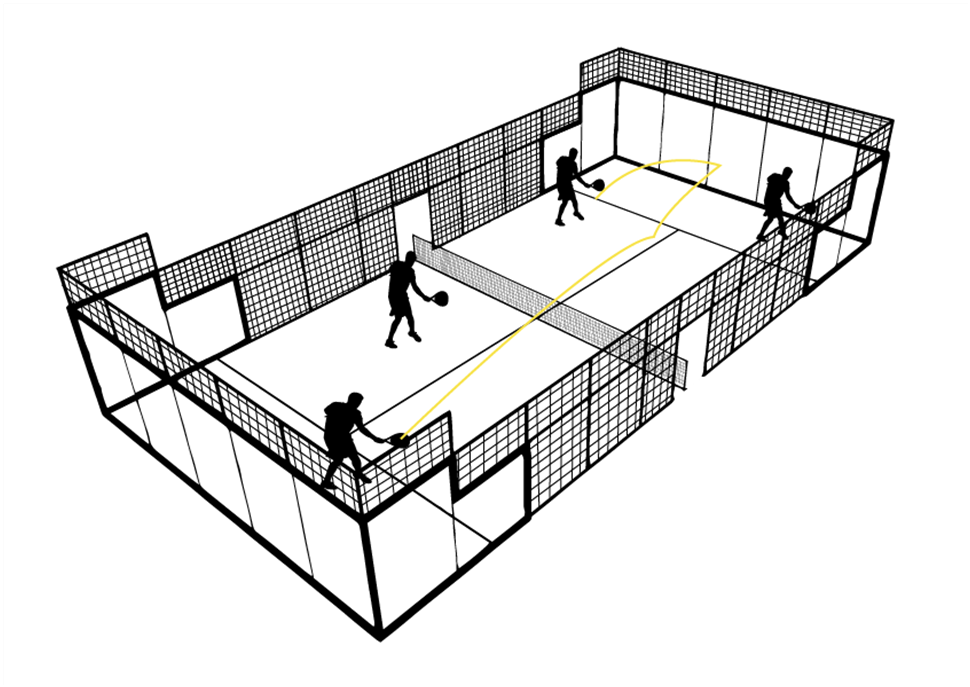
3 / When one is to the net and thatwe are lobed. Obviously, this happens most of the time. The ball goes into a bell, we have to go to the bottom of the court, wait for it to bounce on the wall and perform a smash tray or on the contrary answer by another lob.
Normally, lob balls bouncing on a wall exhibit little difficulty to the extent that their main role is to pull the opposing pair out of the net. In general, we will cross the ball almost systematically and look for the opposite side wall. The ideal is cut the ball so that it rises as little as possible when impacting against the wall / window.
If we target the wall of our opponents, it is preferable, during a cross lob, to try to send it first on the bottom wall et then on the side wall (double wall), so that the opponent will have to move on the side and forward, which does not facilitate the game.
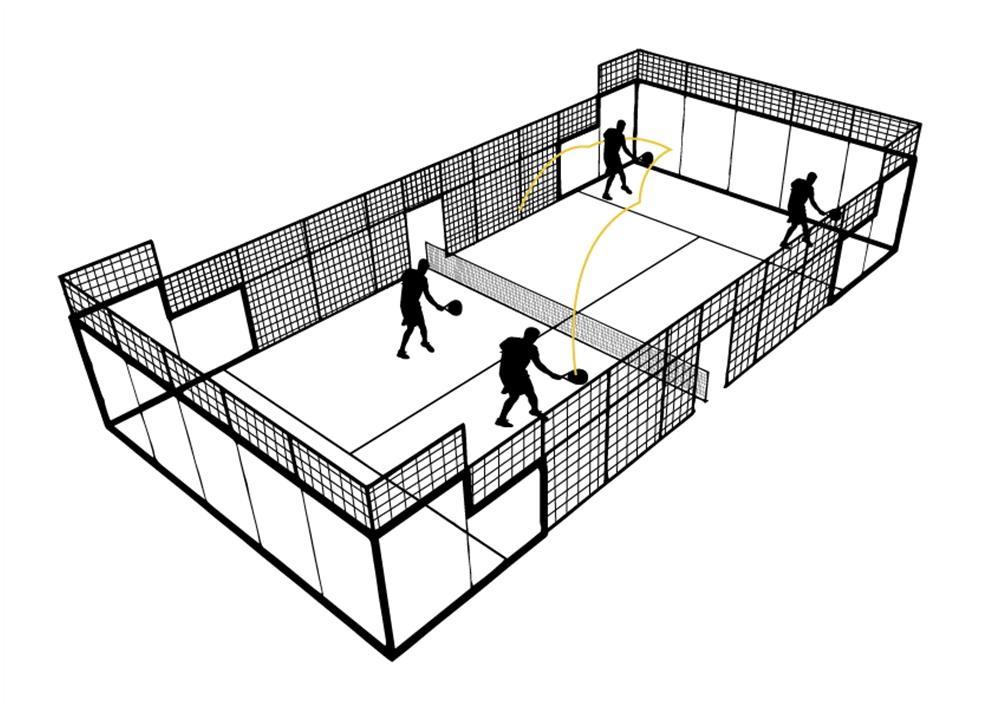
In the event that one is confronted with a double wallyou have to follow the ball and know how to read it. You have to apply the formula direction + speed of the ball. We will then know where it is heading and we can anticipate to hit it at the right moment to make a good shot, we will sometimes even to turn over entirely to read it and follow it.
If on the other hand we play in parallel, the ball will rebound on the wall without presenting any difficulty and our rival can take advantage of this advantage to build the point again. That's why we play most often in the diagonal.
4 / The against-wall Another solution is when you do not have enough time to turn and hit the ball and it is behind us. In this case, we will follow the ball, back to our opponents, and we will hit it hard so that it goes directly from our wall to the opposing camp. You have to try to hit hard enough to not give them an easy ball that would give them the possibility of smasher or take stock without any difficulty.
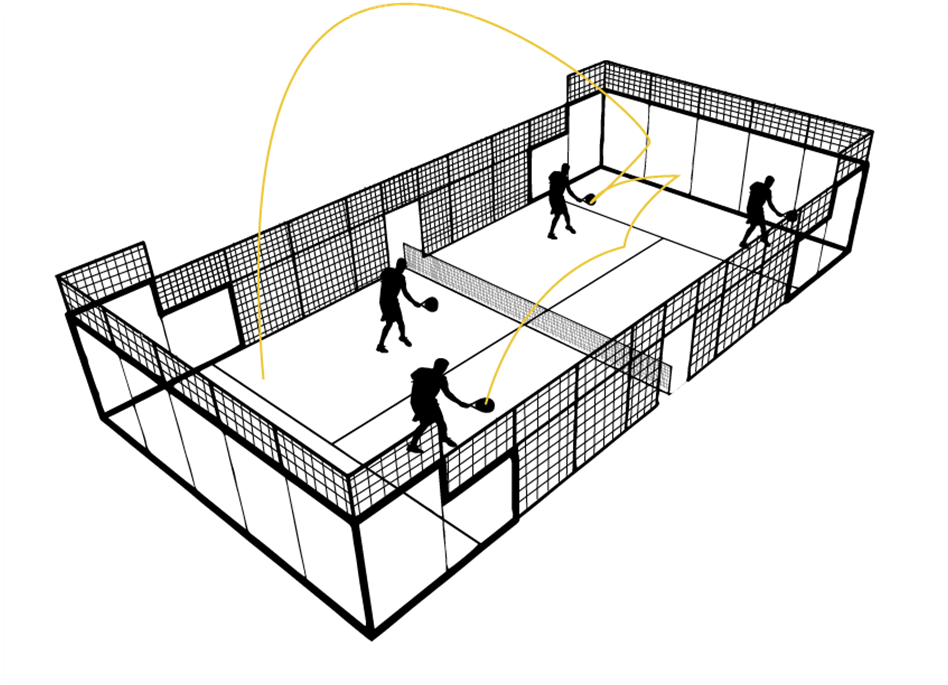
Franck Binisti discovers the padel at the Club des Pyramides in 2009 in the Paris region. Since padel is part of his life. You often see him touring France going to cover the major events of padel French.




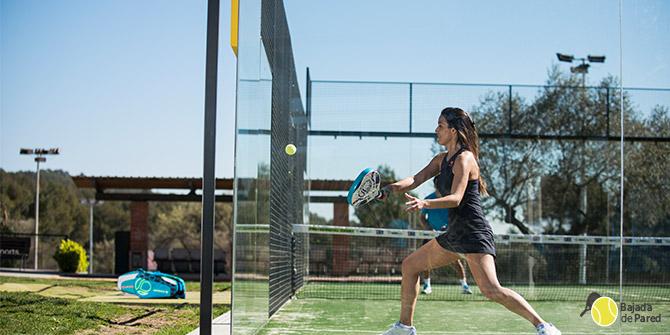
































































































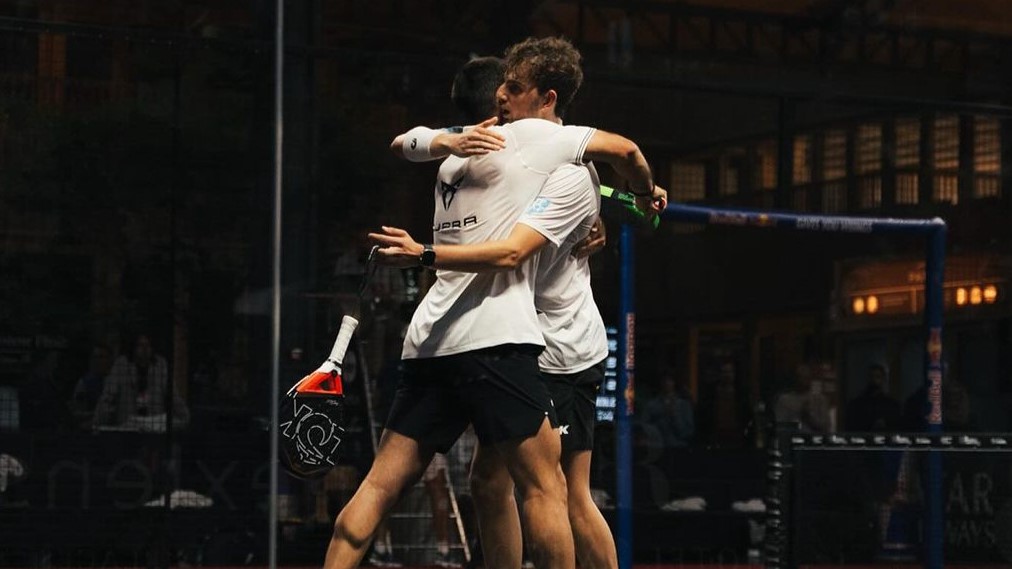 Premier Padel Brussels P2 – Mike Yanguas and Javi Garrido once again take the advantage over Stupa / Di Nenno
Premier Padel Brussels P2 – Mike Yanguas and Javi Garrido once again take the advantage over Stupa / Di Nenno Premier Padel Brussels P2 – The women’s Big 4 at the semi-finals!
Premier Padel Brussels P2 – The women’s Big 4 at the semi-finals! Premier Padel Brussels P2 – Sanz and Nieto win a big fight against Lebron / Navarro!
Premier Padel Brussels P2 – Sanz and Nieto win a big fight against Lebron / Navarro! Guillaume Codron de Sud Padel : “A family project”
Guillaume Codron de Sud Padel : “A family project” Nallé Grinda: “Democratize the padel in the USA with PadelX "
Nallé Grinda: “Democratize the padel in the USA with PadelX " Simon Boissé: “We know that there are two nations in front of us”
Simon Boissé: “We know that there are two nations in front of us” Marie Maligo: “This period of frequent changes of partners was beneficial for me”
Marie Maligo: “This period of frequent changes of partners was beneficial for me” Gilles Moretton: “We will be able to put the padel at the level of tennis”
Gilles Moretton: “We will be able to put the padel at the level of tennis” Two P1000 doubled prize money approaching!
Two P1000 doubled prize money approaching! José Manuel Escin at the inauguration of Casa Padel DOS: “Finally, and thank you!”
José Manuel Escin at the inauguration of Casa Padel DOS: “Finally, and thank you!”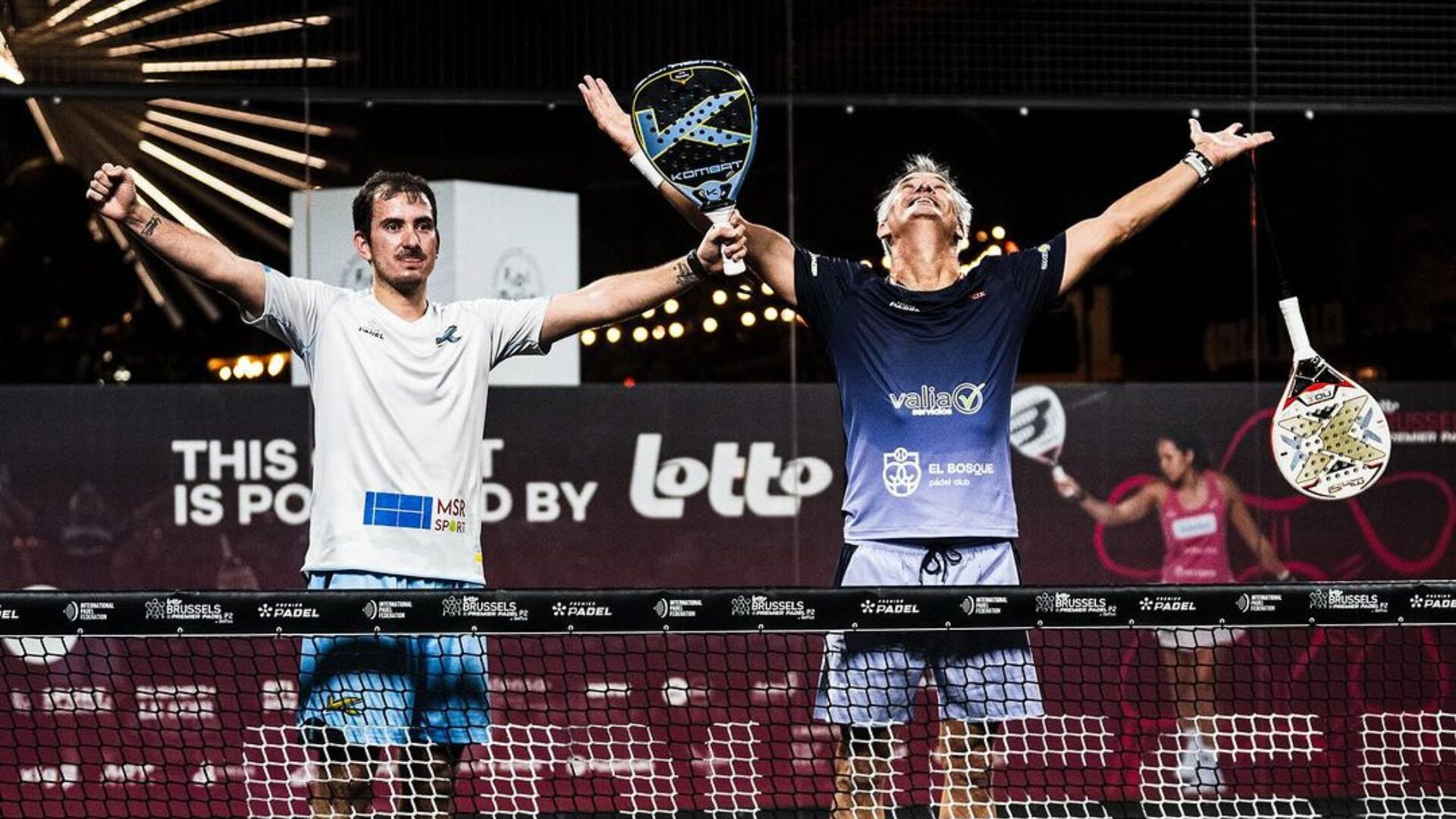 Miguel Lamperti: three tie-breaks and a return to the quarter-finals!
Miguel Lamperti: three tie-breaks and a return to the quarter-finals! Big evening in Brussels with two seeded players on the mat, heckled number 1s…
Big evening in Brussels with two seeded players on the mat, heckled number 1s… A1 Padel – the French Open replaces the Mexican Open on the calendar
A1 Padel – the French Open replaces the Mexican Open on the calendar Padel Score comes to Tahiti for American Express Padel Cup!
Padel Score comes to Tahiti for American Express Padel Cup! Do you know the Rafa Nadal Academy Tour?
Do you know the Rafa Nadal Academy Tour? Play at padel on his yacht? Possible for €233.000!
Play at padel on his yacht? Possible for €233.000! Our Top 10 training courses padel in France and Europe
Our Top 10 training courses padel in France and Europe At the heart of padel – Episode 25: Paul and Andoni answer your questions
At the heart of padel – Episode 25: Paul and Andoni answer your questions Tactical padel – What to do when faced with players who systematically stay at the bottom?
Tactical padel – What to do when faced with players who systematically stay at the bottom? The basic tactics of padel
The basic tactics of padel At the heart of padel – Episode 25: Paul and Andoni answer your questions
At the heart of padel – Episode 25: Paul and Andoni answer your questions At the heart of padel – Episode 23: defend the window well
At the heart of padel – Episode 23: defend the window well Prohibition on playing topless Padel : the reasons
Prohibition on playing topless Padel : the reasons FIP Tour – Going far from Europe, THE strategy to earn points!
FIP Tour – Going far from Europe, THE strategy to earn points! What is a good football player? padel ?
What is a good football player? padel ? “Lefties give me headaches when I play against them!”
“Lefties give me headaches when I play against them!” At the heart of padel – Episode 14: how to earn points in winter?
At the heart of padel – Episode 14: how to earn points in winter? A par 4 is always a winner...even if you manage to defend it!
A par 4 is always a winner...even if you manage to defend it! Carbon fiber VS fiberglass: what to choose?
Carbon fiber VS fiberglass: what to choose? How to effectively test a racket padel ?
How to effectively test a racket padel ? La padel to fight Parkinson's disease
La padel to fight Parkinson's disease Don't play with a cracked or broken racket, your body will thank you!
Don't play with a cracked or broken racket, your body will thank you! Michel Cymes: “The padel, physically, it’s serious!”
Michel Cymes: “The padel, physically, it’s serious!” Jeremy Gala: “Promote the padel among young people in Belgium remains a challenge”
Jeremy Gala: “Promote the padel among young people in Belgium remains a challenge” The French Touch Academy organizes its selection day Padel-Study
The French Touch Academy organizes its selection day Padel-Study Report on the detection and training of younger generations
Report on the detection and training of younger generations